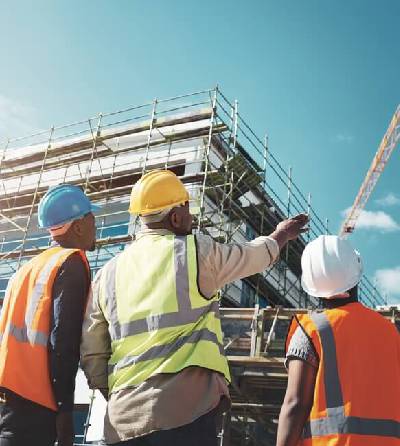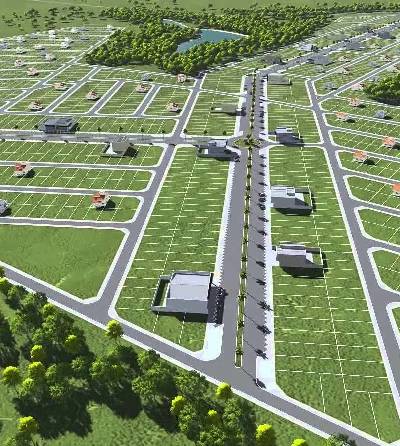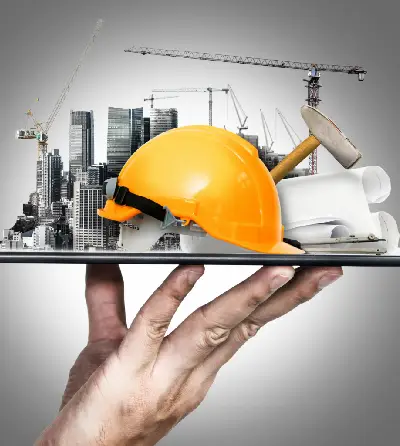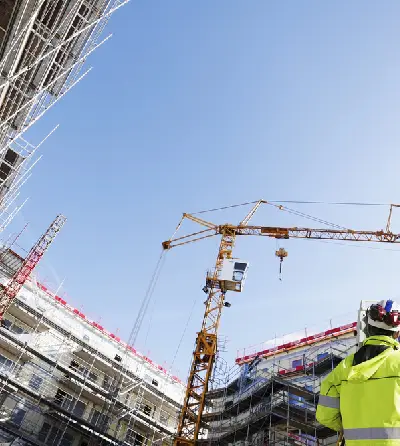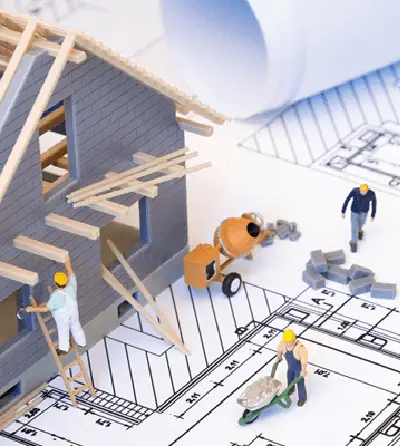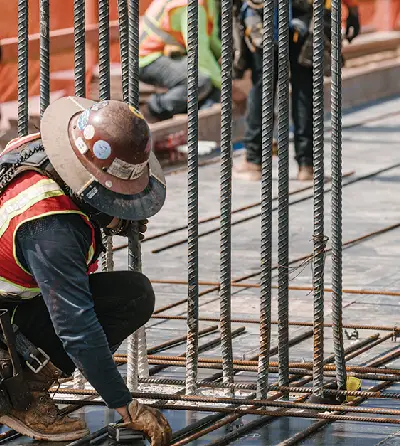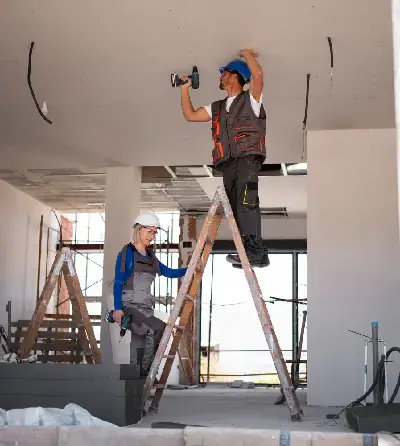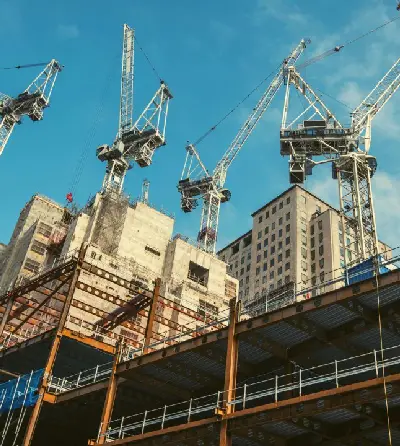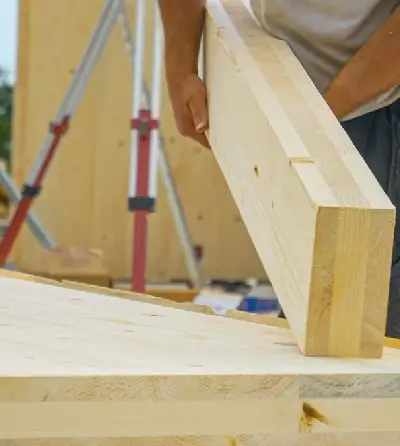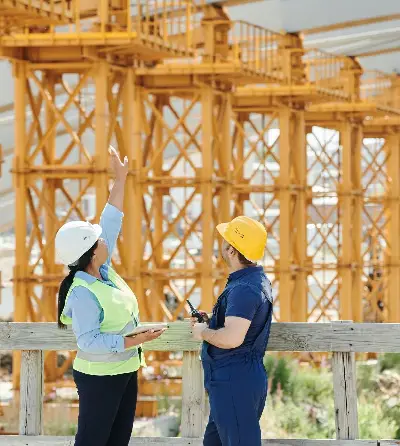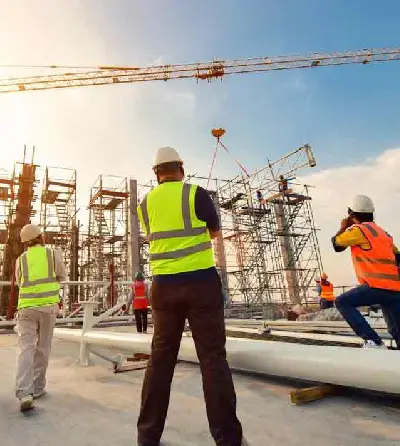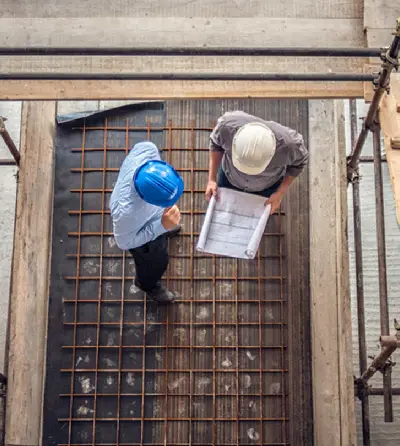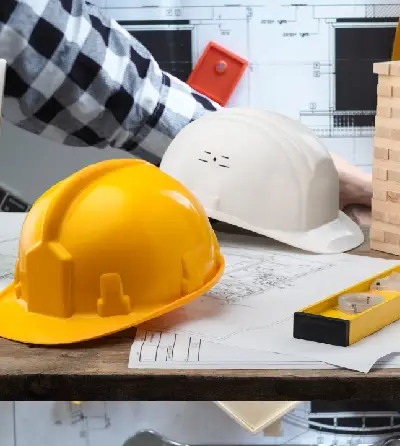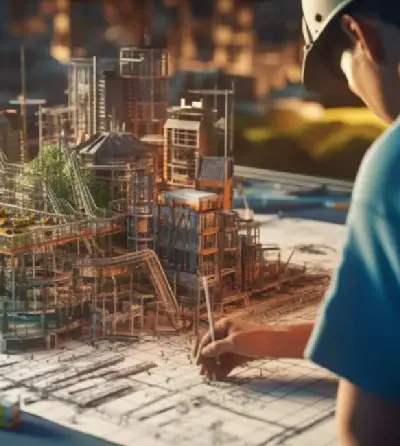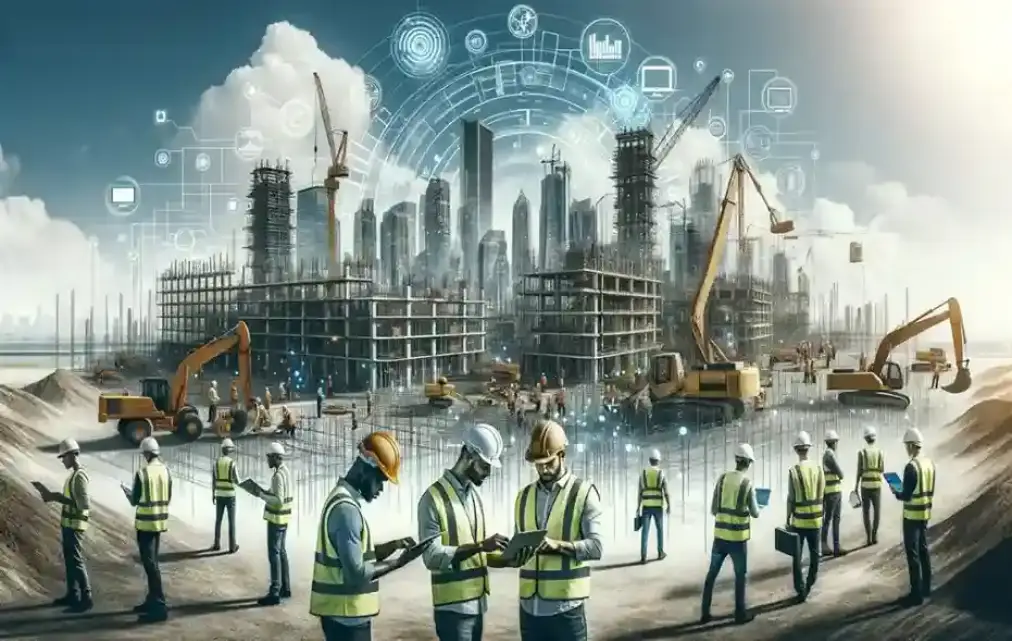
Category : Blog
Date :05 June 2023
Author : Ravi
The Impact of Technology on Construction: Trends and Innovations
The construction industry is no stranger to technological advancements, and in recent years, it has witnessed a rapid transformation due to the integration of innovative technologies. From enhancing safety and efficiency to improving project management and sustainability, technology has revolutionized the way construction projects are planned, executed, and completed. In this blog post, we will explore some of the notable trends and innovations that have made a significant impact on the construction industry.
Building Information Modeling (BIM):
1. Building Information Modeling, or BIM, is a digital representation of a construction project that encompasses its design, construction, and operation phases. BIM allows for collaboration and coordination among different stakeholders by providing a centralized platform to share and access project information. It improves efficiency by enabling real-time communication, clash detection, and accurate quantity takeoffs. BIM also aids in identifying and resolving design conflicts early on, reducing rework and cost overruns.
Drones:
2.Drones have become increasingly popular in construction due to their ability to capture high-resolution images and videos of construction sites. They provide a bird’s-eye view, enabling project managers to monitor progress, identify potential issues, and improve safety. Drones can quickly survey large areas and create accurate topographic maps, which help in site analysis and planning. Additionally, they assist in tracking inventory and inspecting hard-to-reach areas, ultimately saving time and resources.
Augmented Reality (AR) and Virtual Reality (VR):
3.AR and VR technologies are revolutionizing the way construction projects are designed, visualized, and reviewed. AR allows on-site workers to overlay digital information, such as equipment locations and installation instructions, onto the real world. It improves accuracy, reduces errors, and enhances worker productivity. VR, on the other hand, enables stakeholders to experience a virtual walkthrough of the project, providing a realistic understanding of the final outcome. This technology facilitates design reviews, client presentations, and training simulations, leading to improved decision-making and client satisfaction.
Prefabrication and Modular Construction:
4.Prefabrication and modular construction have gained popularity due to their ability to streamline the construction process and minimize waste. Advanced manufacturing techniques, such as 3D printing and robotic assembly, are being utilized to fabricate building components off-site. Prefabricated elements are then transported and assembled on-site, reducing construction time and labor costs. This method also promotes sustainability by optimizing material usage and reducing environmental impact.
Internet of Things (IoT) and Sensors:
5.The Internet of Things (IoT) has transformed the construction industry by connecting various devices and sensors to a centralized network. Sensors embedded in construction equipment, machinery, and building components provide real-time data on performance, maintenance needs, and safety conditions. IoT enables remote monitoring, predictive maintenance, and improved safety measures. It also enhances energy management by optimizing HVAC systems, lighting, and other building operations.
Technology continues to shape the construction industry, bringing numerous benefits and opportunities for innovation. Building Information Modeling (BIM), drones, augmented reality (AR), virtual reality (VR), prefabrication, and the Internet of Things (IoT) are just a few examples of the transformative technologies being embraced in construction. As these trends and innovations continue to evolve, construction companies that embrace technology will gain a competitive edge, improve project outcomes, and contribute to a more efficient and sustainable built environment.

